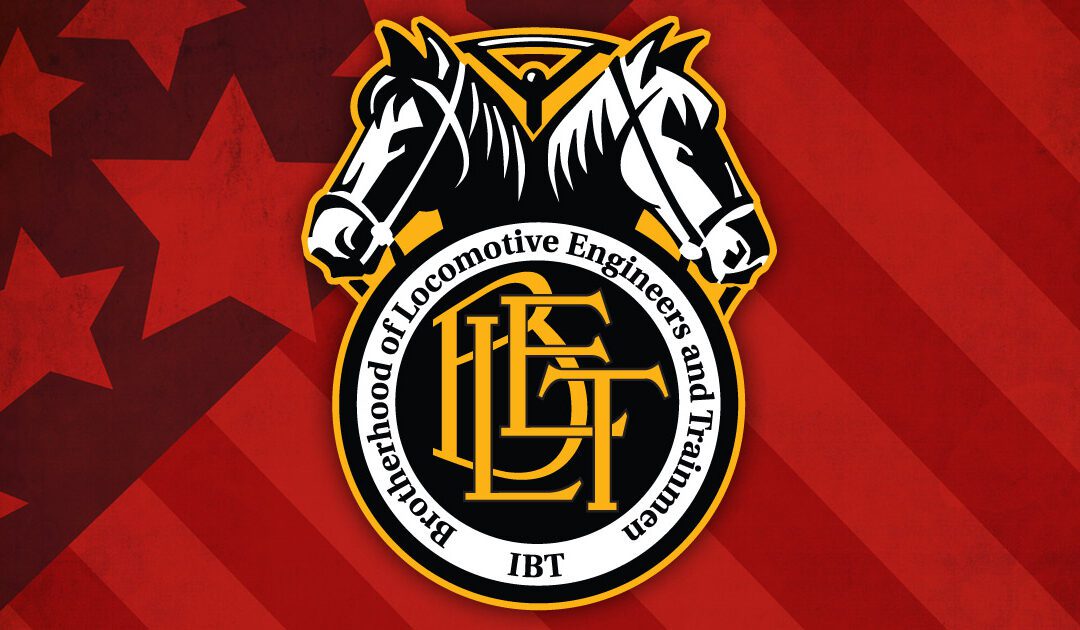INDEPENDENCE, Ohio, September 22 — Today begins a 15-day Question and Answer (Q&A) period as the Brotherhood of Locomotive Engineers and Trainmen (BLET) will distribute copies of the Tentative Agreement (TA) to all General Chairmen and Local Chairmen involved in national handling via First-Class mail. Also, all General Chairmen and Local Chairmen with valid email addresses in UnionTrack will be provided with an electronic copy.
BLET General Chairmen will then have 15 days from receipt to reply to the National President’s office with questions or clarifications regarding the TA. Those questions will be consolidated into a single document, and the BLET’s National Wage Team, alongside SMART-TD, will return to the bargaining table with the Carriers to mutually agree upon the answers to those questions.
Once the Q&A session is complete, the tentative plan is to distribute ballots to the affected members on or around Friday, October 14, with a tentative count date on or around November 17, 2022.
BLET National President Dennis R. Pierce explained how the Q&A process benefits the members and the Organization: “While we know that our members are eager to learn more about the details of the tentative agreement, the additional clarification gained from the Q&A process will provide more information for the membership as to the terms and conditions of the tentative agreement before they cast their vote. The process also provides our General Committees with clearer and stronger Agreement language should later disputes arise over that Agreement language.”
He concluded: “In the end, BLET’s Bylaws require that our members decide if the improvements we gained over and above the Presidential Emergency Board recommendations warrant a yes vote,” President Pierce said. “No BLET officer or group of officers or members can, or should try to take that right away from our membership. Once all of the details of the tentative agreement are known, the membership will cast their votes with a majority of those returning a ballot deciding the issue. A yes vote will settle our dispute knowing what we have obtained, while a no vote would return the dispute to potential self-help actions. As it should be, the membership will control which option we follow.”

